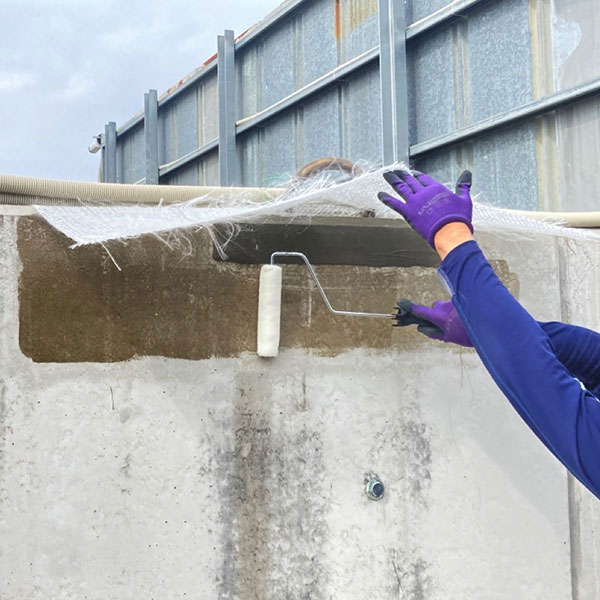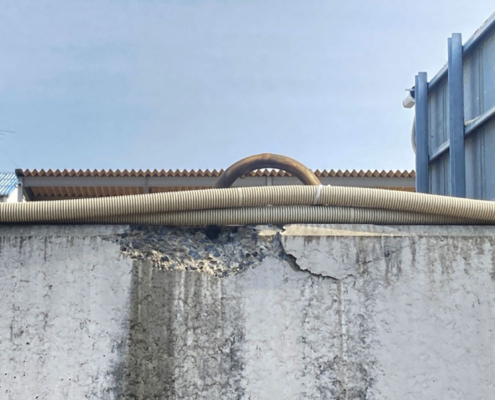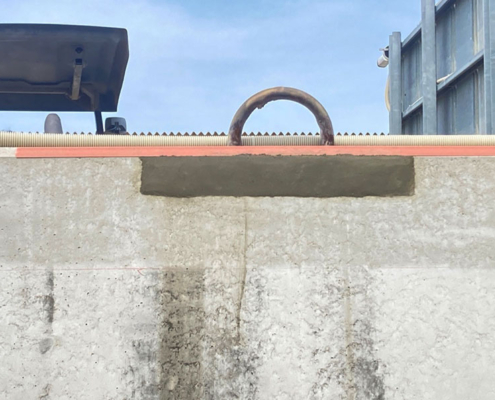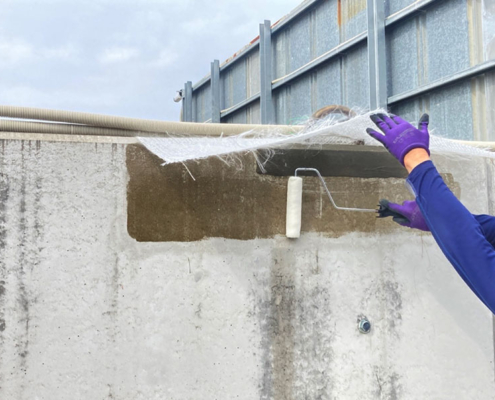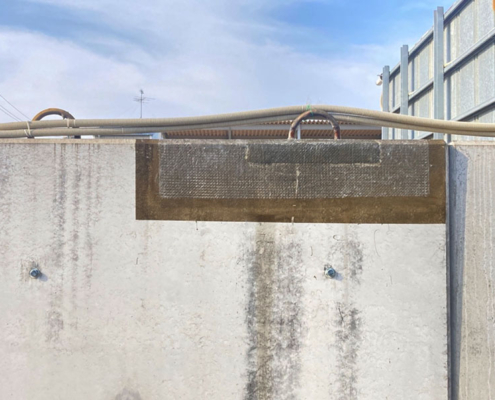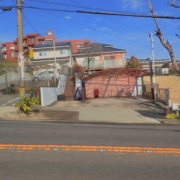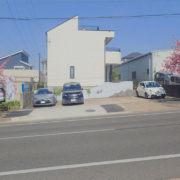Concrete Repair
Concrete deteriorates and cracks
For concrete repair construction, contact Yamashiro Doboku in Nagoya, Japan
What is concrete repair maintenance?
Cracks is one of the key issues affecting the condition of the concrete structure.
Although concrete is strong against compressive forces, it is weak against tensile forces and is inherently prone to cracking.
Cracks occur when these factors cause strain in the concrete, but if the cracks progress, they will reduce the strength and in some cases may be dangerous.
Early repairs are recommended to prevent the progression of concrete deterioration.
Flow of concrete repair
Costs
The cost of concrete repair work varies depending on the scale and size of the repair and the type of work.
Estimates are free, so please feel free to contact Yamashiro Doboku first.
Construction requests and inquiries
Estimates are free.
Please feel free to contact Yamashiro Doboku using the email form.
Yamashiro Doboku, Inc.
About Concrete degradation
From Wikipedia
Concrete degradation may have many different causes. Concrete is mostly damaged by the corrosion of reinforcement bars, the carbonatation of hardened cement paste or chloride attack under wet conditions. Chemical damage is caused by the formation of expansive products produced by chemical reactions (from carbonatation, chlorides, sulfates and distillate water), by aggressive chemical species present in groundwater and seawater (chlorides, sulfates, magnesium ions), or by microorganisms (bacteria, fungi…) Other damaging processes can also involve calcium leaching by water infiltration, physical phenomena initiating cracks formation and propagation, fire or radiant heat, aggregate expansion, sea water effects, leaching, and erosion by fast-flowing water.
The most destructive agent of concrete structures and components is probably water. Indeed, water often directly participates in chemical reactions as a reagent and is always necessary as a solvent, or a reacting medium, making transport of solutes and reactions possible. Without water, many harmful reactions cannot progress, or are so slow that their harmful consequences become negligible during the planned service life of the construction. Dry concrete has a much longer lifetime than water saturated concrete in contact with circulating water. So, when possible, concrete must first be protected from water infiltration.

